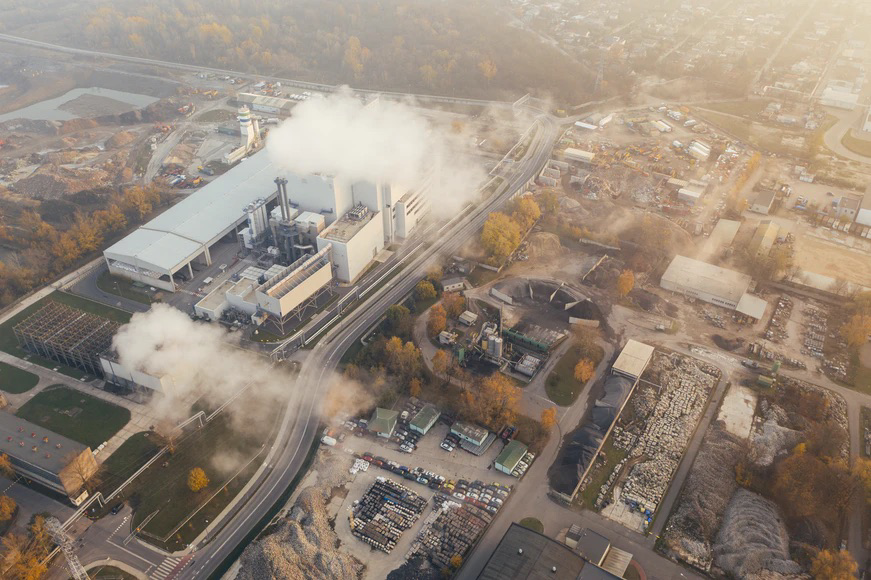Reduce Your Carbon Footprint, Save The World!
Photo by Marcin Jozwiak on Unsplash
Understanding our carbon footprint is the first step to reducing it.
We always hear about how we should try to reduce our carbon footprint. But, what exactly is a carbon footprint and why do we need to minimize it? A carbon footprint is the total amount of greenhouse gasses (including methane and carbon dioxide) that a person or group generates. These gasses are bad for the environment because they lead to things like climate change and an increase in pollution.
If we do not find a way to lessen these negative impacts, our planet will slowly be destroyed in front of our eyes. Luckily, there are things we can do to help! By remembering to reduce, reuse, and recycle, we can help to lower our carbon footprint and make the world a healthier place.
One of the best ways to reduce your carbon footprint is to reduce the amount of energy and water you use. Lowering your energy usage reduces the demand for fossil fuels, which helps lower the amount of carbon dioxide in the atmosphere. Something as simple as turning off the lights can help with this. If you do not need the lights on or if you are leaving a room, there is no point in wasting energy by leaving the lights on.
Another way to conserve energy is to drive less and opt for using public transportation, walking, or riding a bike. This helps to lower the amount of harmful gasses being released into the air. If you do find yourself in need of driving to your destination, electric cars are a great alternative to gas cars. They emit fewer pollutants and greenhouse gasses.
A quick thing you can also do to help lower pollution and benefit your health is to stop using leaf blowers when doing yard work. Leaf blowers are a convenient method of moving debris like grass cuttings and leaves, but they are more harmful than helpful. One hour of gas-powered leaf blower use is equivalent in emissions to a vehicle driving 1,100 miles. Not only is this severely damaging to the environment, but using a leaf blower also hurts your hearing. The CDC explains that using a leaf blower for just an hour can cause permanent hearing loss.
The second way to minimize our harmful effect on the environment is reusing things that we already own. Instead of buying plastic water bottles everywhere you go, you can buy a reusable bottle to use instead.
And you can also replace the dozens of plastic grocery bags you throw away every month with reusable bags. The plastic inside of these items is terrible for the earth because most of it takes centuries to fully decompose. This slow decaying process causes the chemicals inside of plastic to absorb into the soil and groundwater. The plastic can also get into the ocean and harm the wildlife that inhabits it. Environment America explains this by stating, “When animals ingest plastic waste, it can block their digestive tracts. As a result, they starve.” By not recycling, you are possibly causing these poor creatures a long painful death.
One last way that you can reuse things is by donating your old clothing. Instead of simply throwing away clothes that you no longer like or that no longer fit in, you can take them to your local thrift store or shelter. This way, other people can use them instead of them piling up in landfills. Reusing clothes also lowers the carbon and chemical pollution caused by clothing production.
The last method for lowering our carbon footprint is by recycling. Putting recyclables like plastic, cardboard, and paper into recycling cans and bins is very important. We can reuse these materials to make new things, which helps to save the high amounts of energy needed to produce new materials. Also, the more we recycle, the less garbage ends up in landfills. Keeping trash out of landfills helps to lower pollution both in the water and air nearby. Even though recycling is a simple task, many people do not take the time to do it. Studies show that about 94% of Americans support recycling, but only 35% of people actually recycle. So next time you have a recyclable item to dispose of, take the extra time to find a recycling bin.
Overall, reducing our carbon footprint is simple and crucial in helping our environment. By remembering to reduce, reuse, and recycle, we can lower the amount of waste we produce and stop harmful gasses from being emitted into our air. Trying to implement some of these ideas into your daily life will help to lower your own carbon footprint and make the world a cleaner place. If we all make a conscious effort to help our planet, the earth will become a better place!





